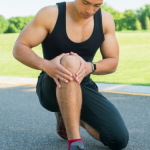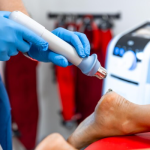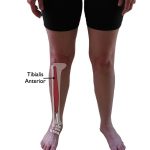 |
Shockwave therapy has been gaining popularity in the field of physiotherapy as an effective treatment modality for various sports injuries. Athletes and sports enthusiasts alike are turning to shockwave therapy to help alleviate pain and promote healing. Why choose shockwave therapy for athletes? One of the key benefits of shockwave therapy is its ability to target specific areas of injury with high-energy acoustic waves, stimulating the body’s natural healing process. This non-invasive treatment option can be particularly beneficial for conditions such as tendonitis, plantar fasciitis, and other soft tissue injuries commonly seen in sports. By incorporating shockwave therapy into their…
Read More







